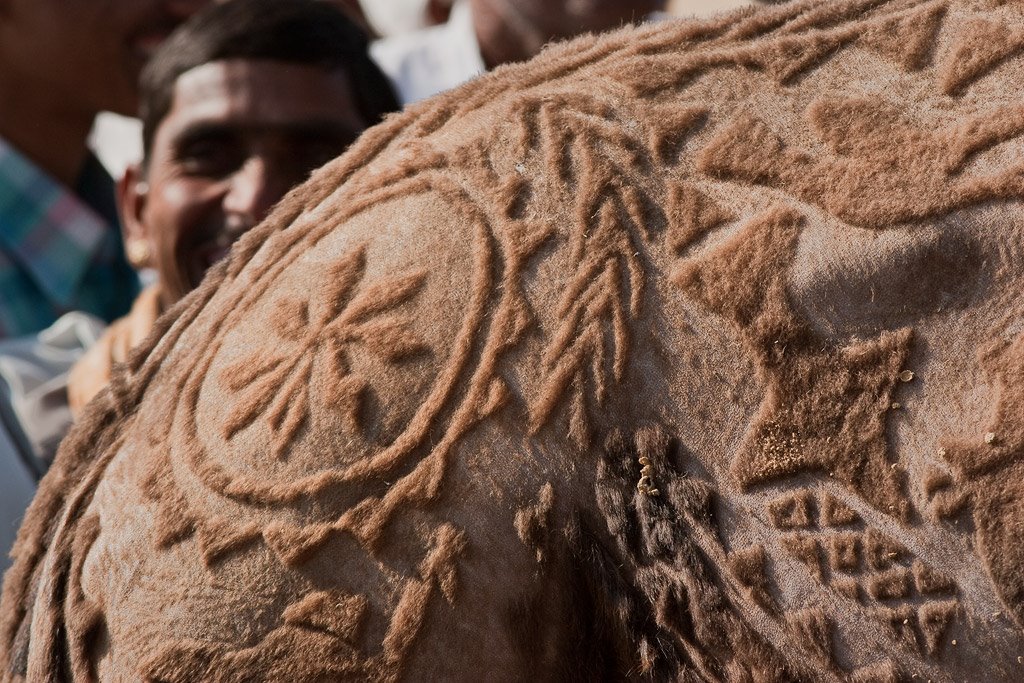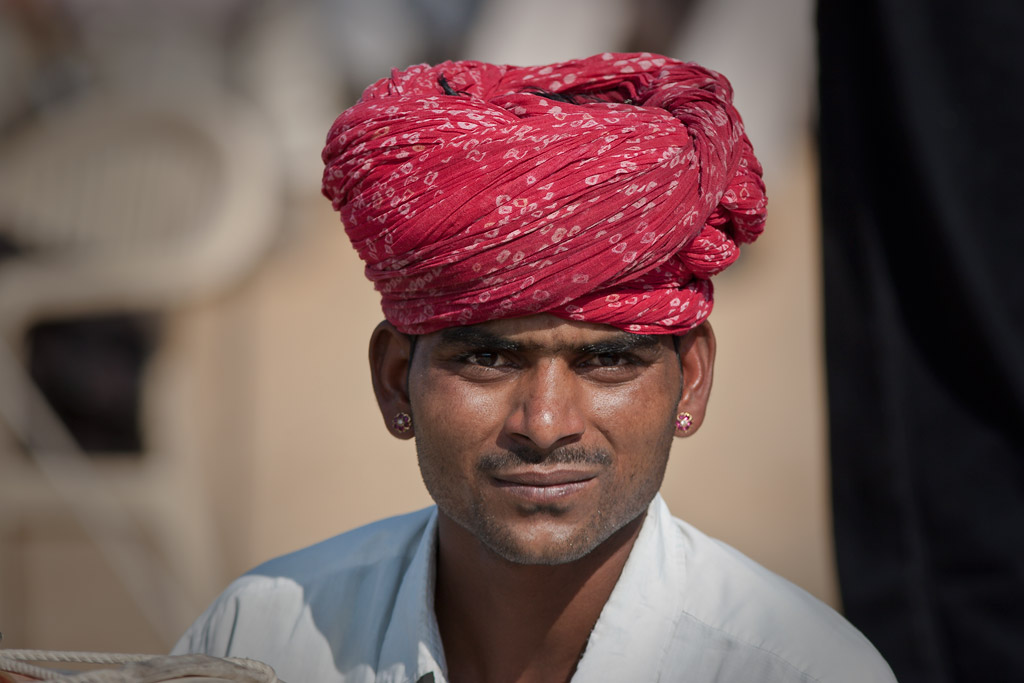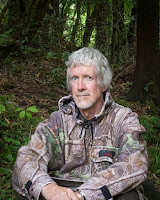 Jagat's a journalist and a fine photographer, with his own commercial studio in Jamnagar. He's also a keen birdwatcher, and at the behest of the Maharajah, arranged a visit to Khijadiya Bird Sanctuary, not far from the outskirts of Jamnagar. Lots else, too; in his generosity and apparent delight in helping and showing us his environment, he was typical of the people we met in and around Jamnagar. Thankyou, Jagat.
Jagat's a journalist and a fine photographer, with his own commercial studio in Jamnagar. He's also a keen birdwatcher, and at the behest of the Maharajah, arranged a visit to Khijadiya Bird Sanctuary, not far from the outskirts of Jamnagar. Lots else, too; in his generosity and apparent delight in helping and showing us his environment, he was typical of the people we met in and around Jamnagar. Thankyou, Jagat.All content © 2009 Pete McGregor

 After dark at the game reserve near Kruger NP, a group of local school kids danced for us as a fund raiser. Some of the US students on the bus needed little cajoling to join in. Not wanting to intrude on the moment with flash (strobe), I dialled the ISO to 3200 and took my chances.
After dark at the game reserve near Kruger NP, a group of local school kids danced for us as a fund raiser. Some of the US students on the bus needed little cajoling to join in. Not wanting to intrude on the moment with flash (strobe), I dialled the ISO to 3200 and took my chances. In Kruger National Park we saw few buffalo and most were difficult to photograph, being distant and having the low sun behind them. This, I think, is one of the better photos; it conveys something of the feeling of belligerence and curiosity underlying that confrontational look. Check out those flies, too — apparently characteristic of
In Kruger National Park we saw few buffalo and most were difficult to photograph, being distant and having the low sun behind them. This, I think, is one of the better photos; it conveys something of the feeling of belligerence and curiosity underlying that confrontational look. Check out those flies, too — apparently characteristic of 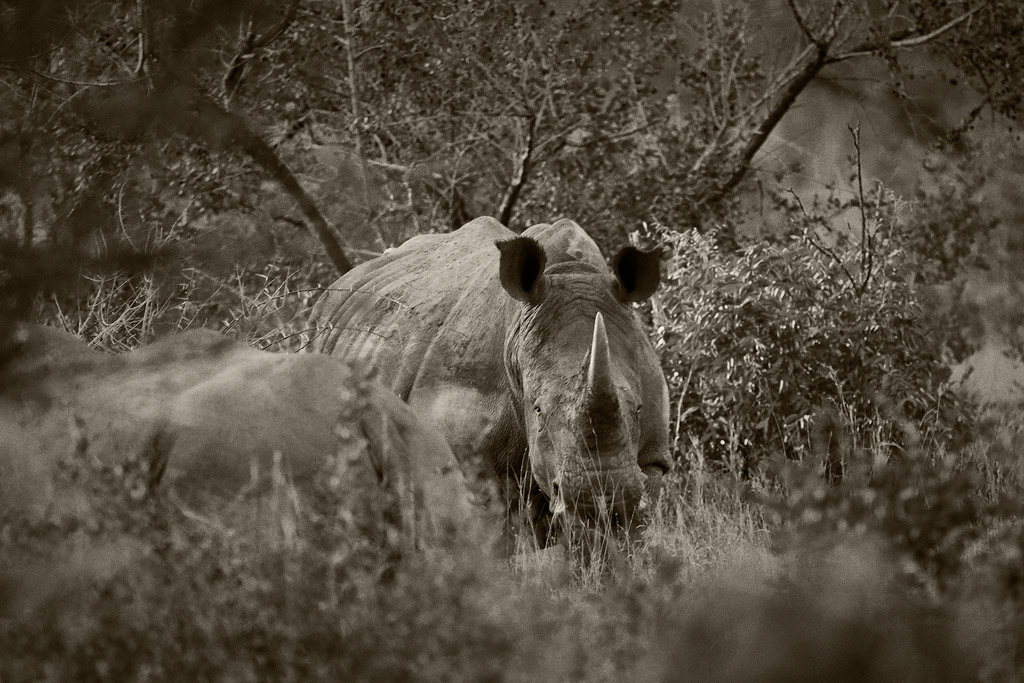 Late in the evening we finally encountered white rhinos. They peered at the truck but their eyesight would not have allowed them to see the numerous eyes, human and glass, gazing back.
Late in the evening we finally encountered white rhinos. They peered at the truck but their eyesight would not have allowed them to see the numerous eyes, human and glass, gazing back. Southern red-billed hornbill (
Southern red-billed hornbill (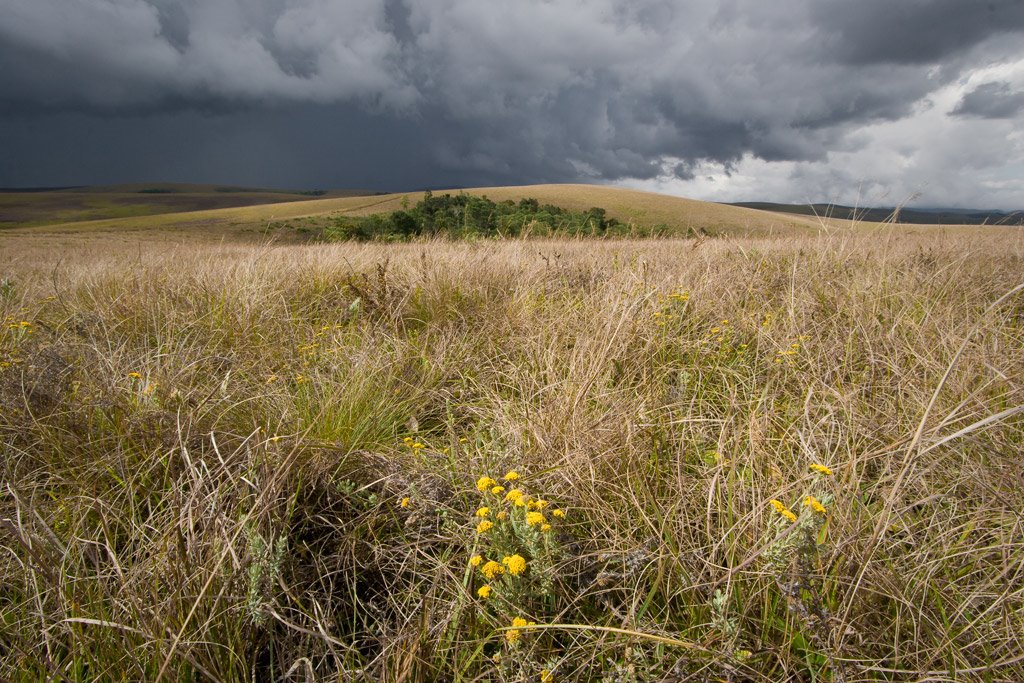 Watching this storm approach across the Nyika Plateau, I felt grateful I had a rented car for shelter and transport.
Watching this storm approach across the Nyika Plateau, I felt grateful I had a rented car for shelter and transport.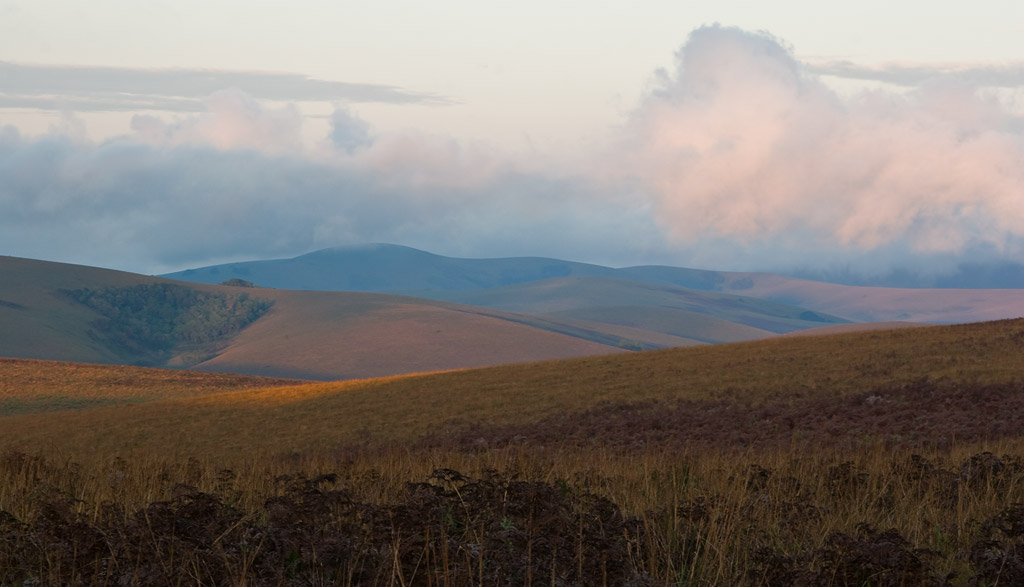 As the light began to fade, I drove slowly back to camp, hoping I might see a leopard. I had to settle for this and a few other delights.
As the light began to fade, I drove slowly back to camp, hoping I might see a leopard. I had to settle for this and a few other delights.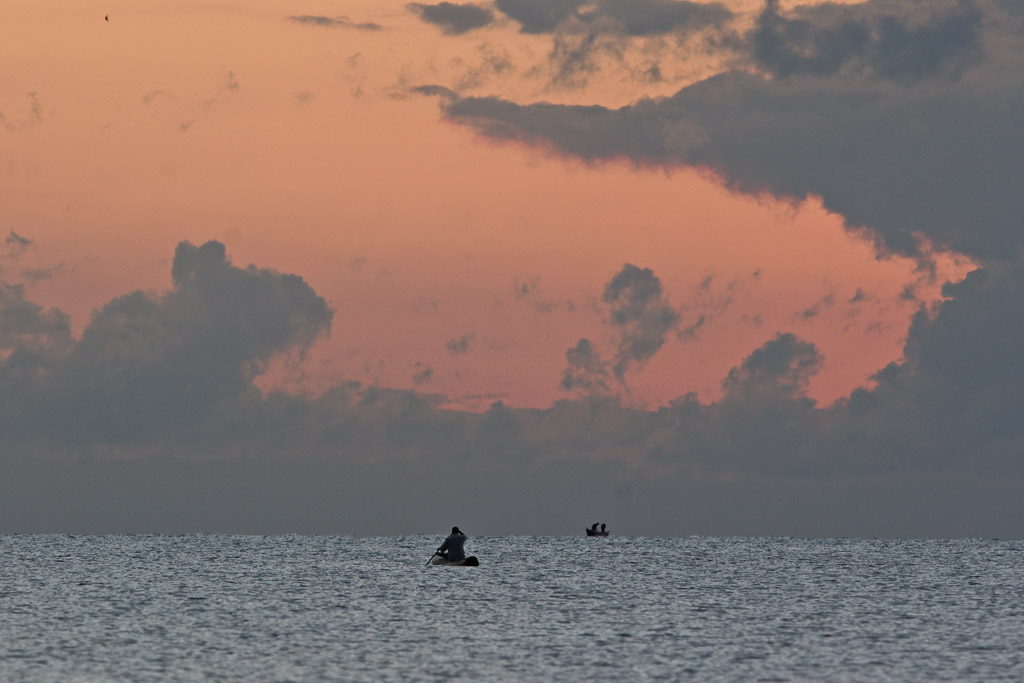

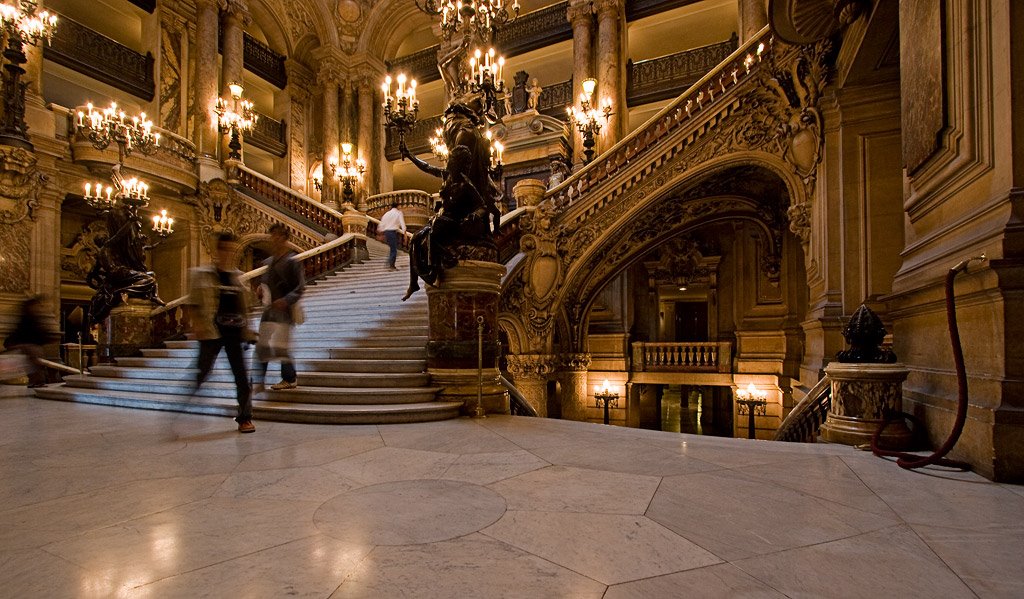 The
The 
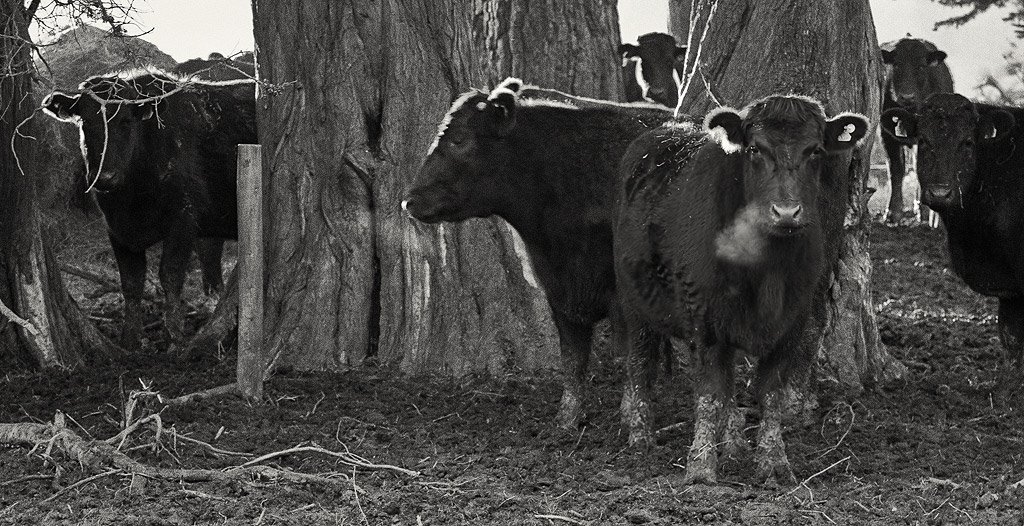


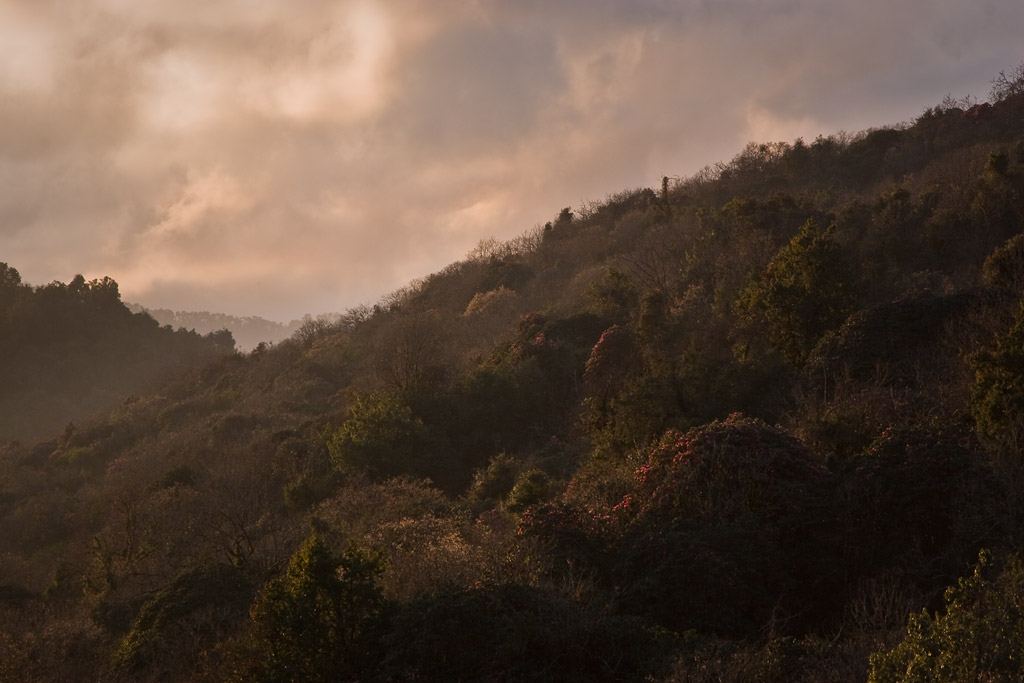
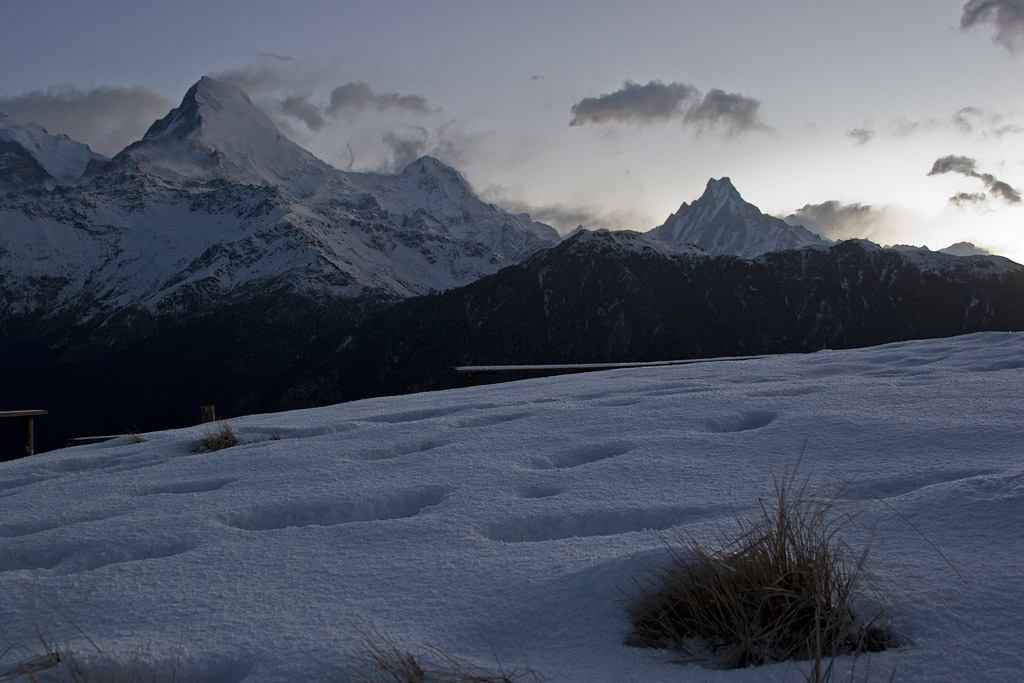

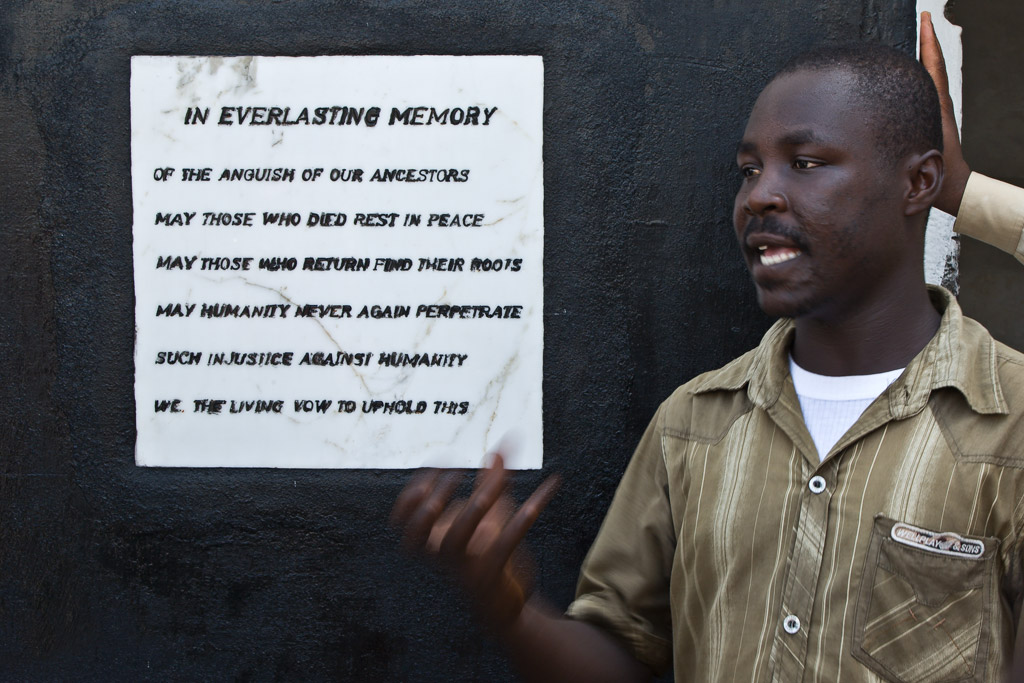
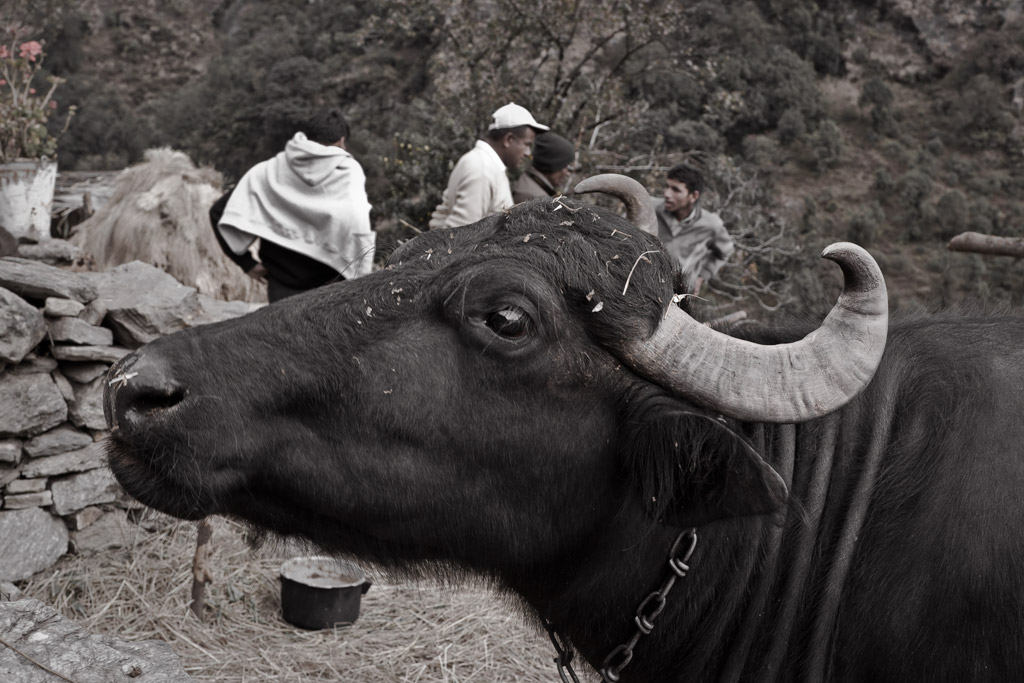
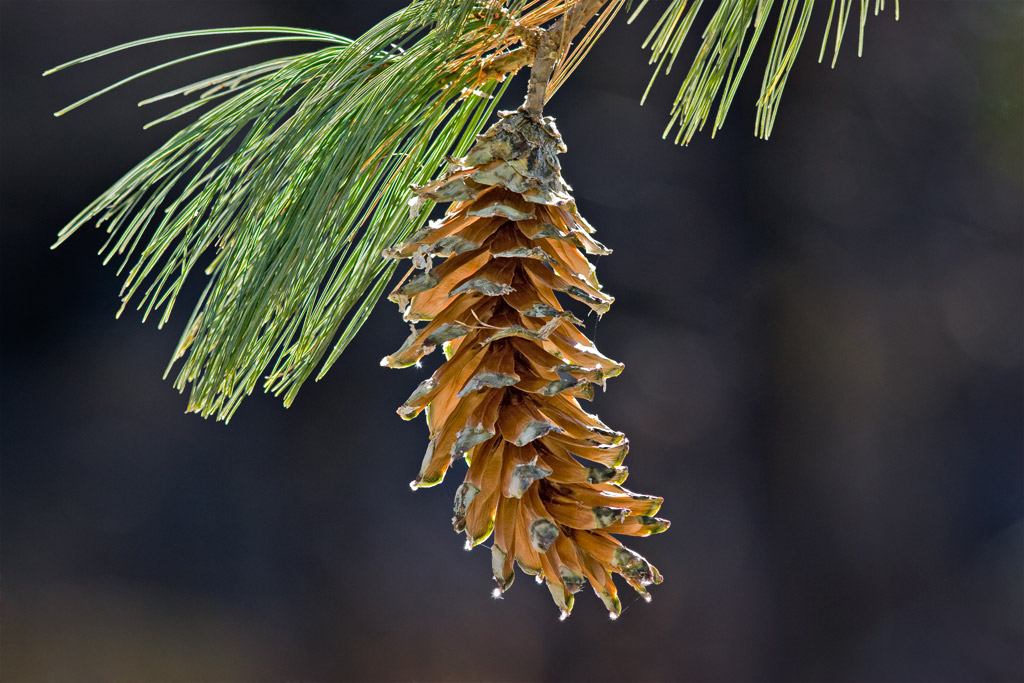 Not sure what kind of conifer this is, but it was abundant on the mountainsides above Tapovan (beyond Joshimath), where it formed an open, mixed forest with rhododendrons.
Not sure what kind of conifer this is, but it was abundant on the mountainsides above Tapovan (beyond Joshimath), where it formed an open, mixed forest with rhododendrons.
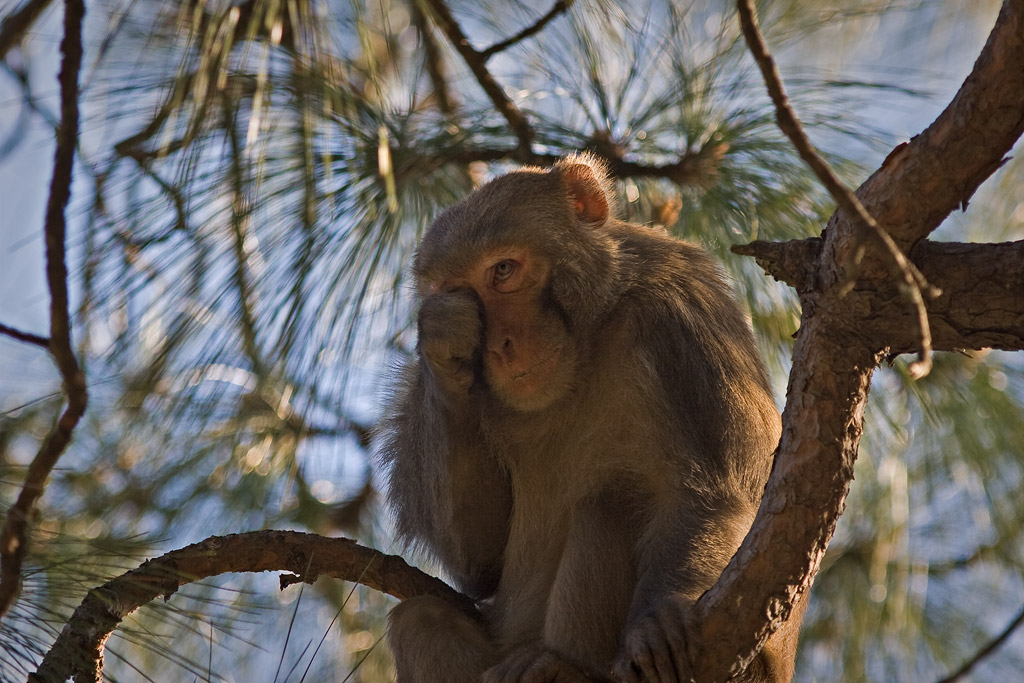
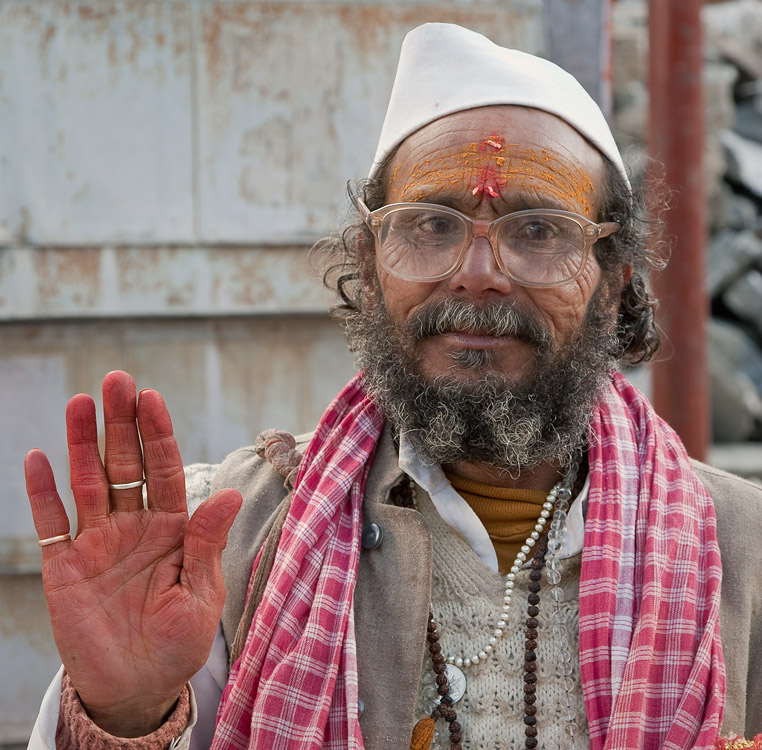
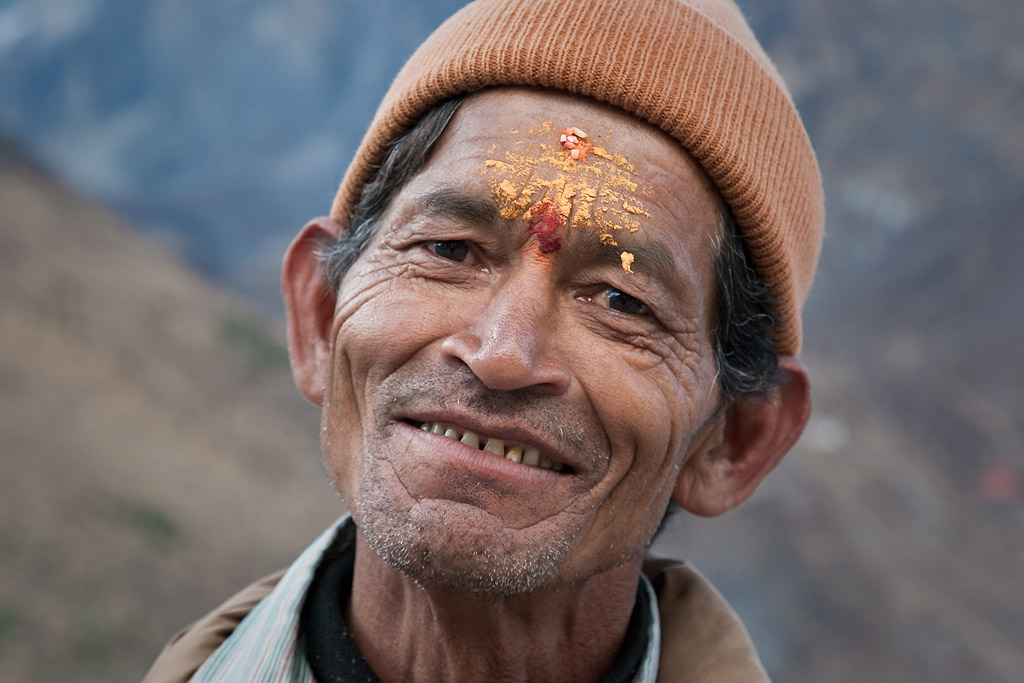
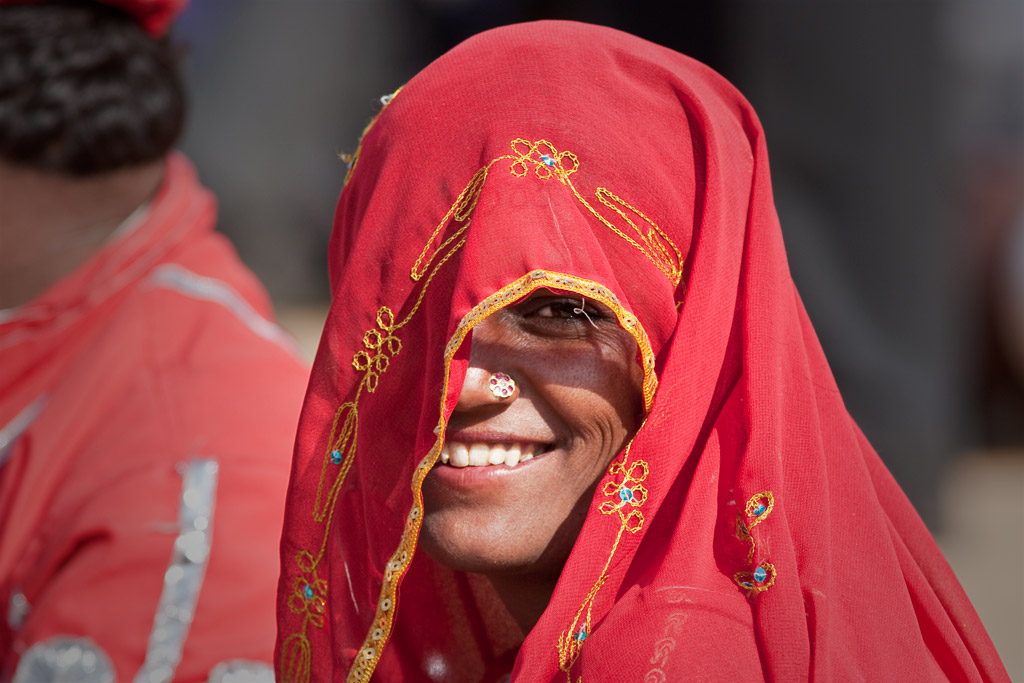
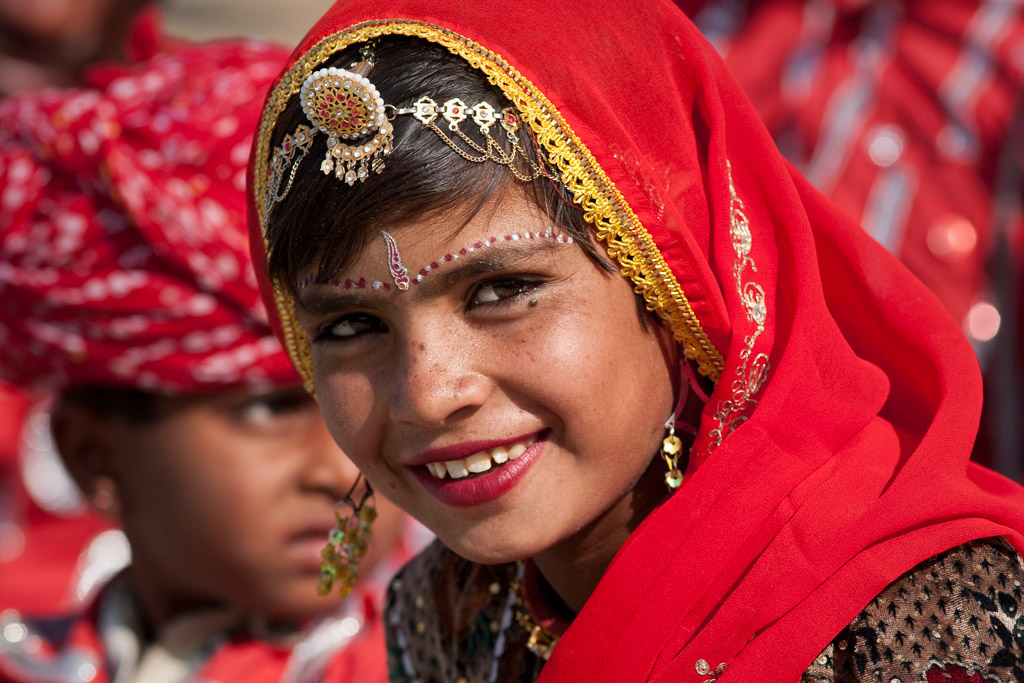
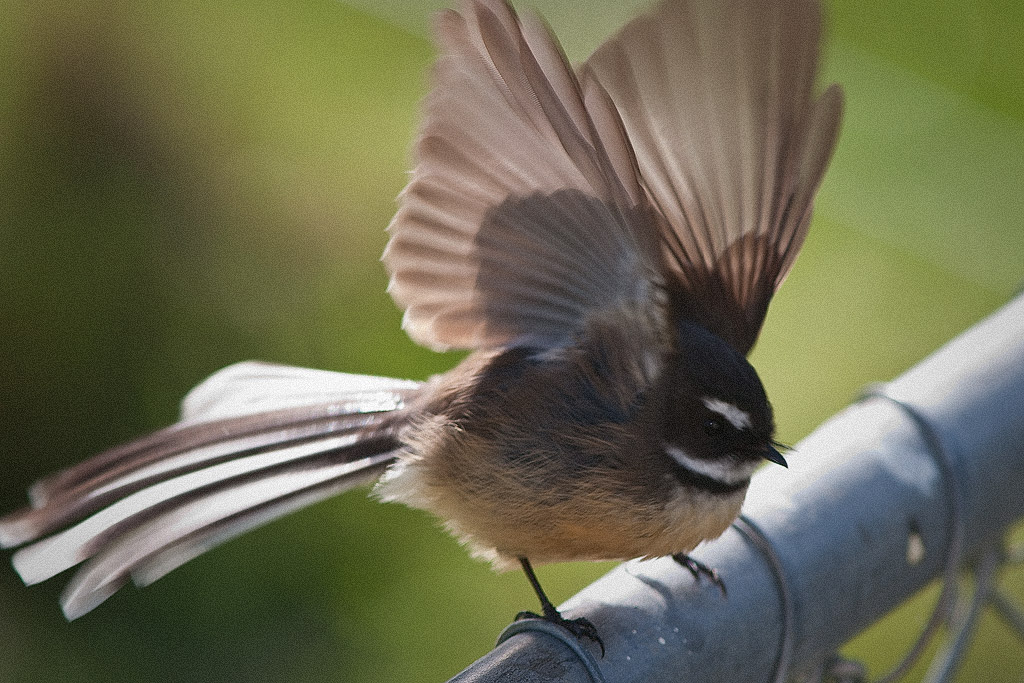 A snapshot from the verandah yesterday. I've added a little fake film grain to sharpen it a bit; otherwise it's pretty much as is apart from a small crop and a contrast tweak. It seems to reflect the character of these mites.
A snapshot from the verandah yesterday. I've added a little fake film grain to sharpen it a bit; otherwise it's pretty much as is apart from a small crop and a contrast tweak. It seems to reflect the character of these mites.